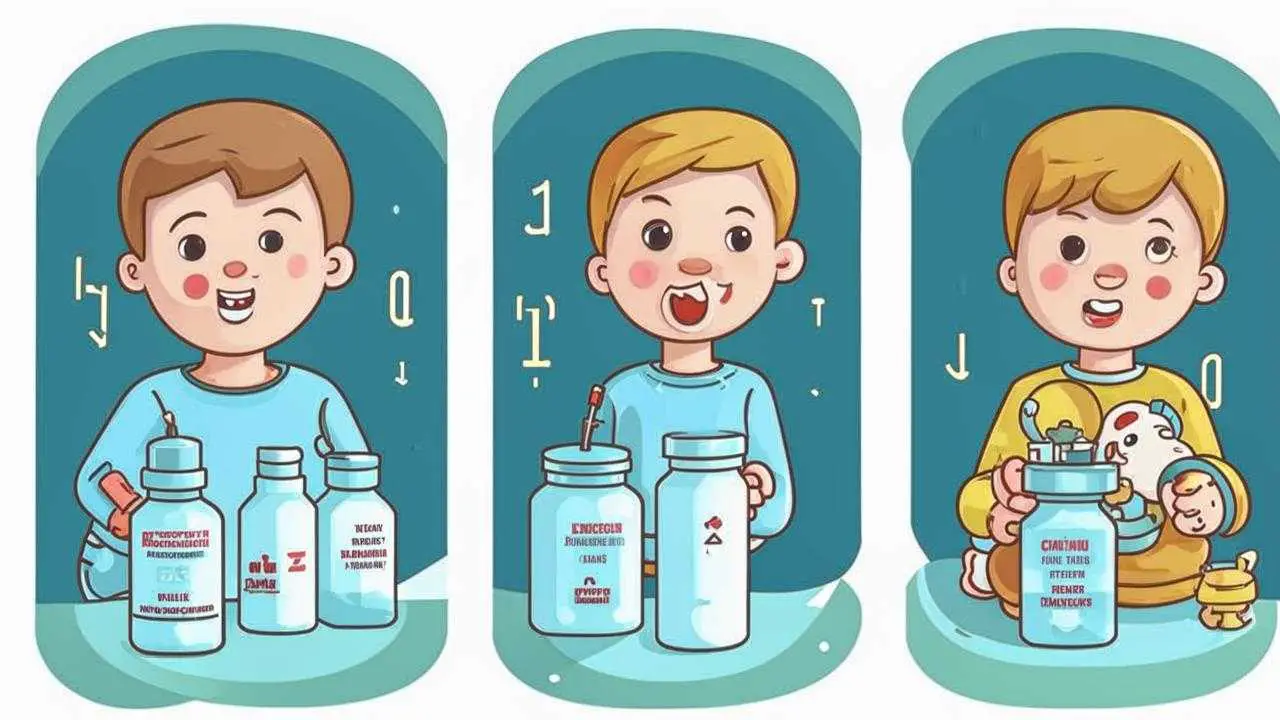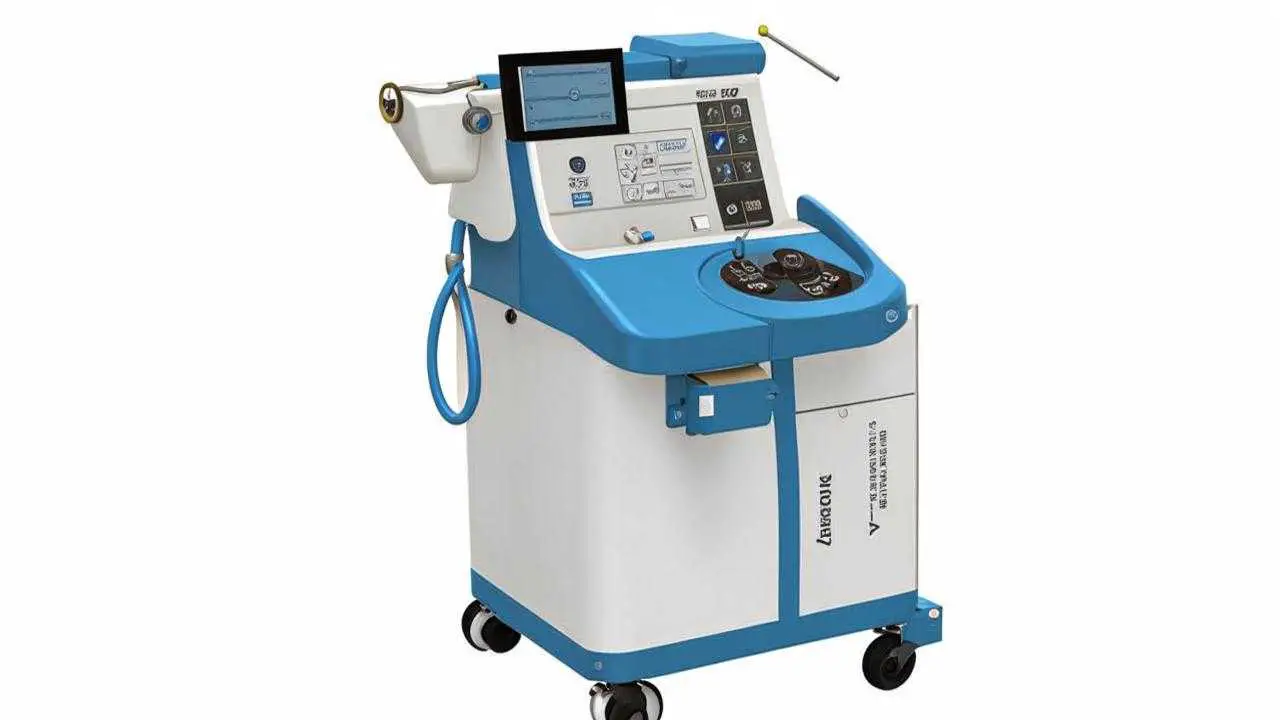Most people associate going to the dentist with fear and stress. And if it is a child, the whole family is afraid of the visit. That’s why dental clinics’ promises about dental treatment under anesthesia for children, without pain, in their sleep sound like a balm. What is meant by “treatment without pain” and is it as safe as we are told?
Sedation is the inhibition (depression) of the nervous system in order to relax and reduce anxiety. It does not preclude the use of local anesthesia, but simply helps you overcome your fear of treatment. This is the main difference between pediatric dental treatment under sedation and the use of anesthesia.
But the word “sedation” did not catch on, and gradually even dentists began to use expressions such as “treatment of children’s teeth under anesthesia” to be understood by a wide audience. In this case, it is more often meant not general anesthesia, but sedation, a state in which consciousness is depressed with the preservation of all protective reflexes and the possibility of contact with the patient.
Types of anesthesia for children during dental treatment
Depression of consciousness can be deep, medium and superficial.
Drugs can be administered in different ways:
- Orally. This is how we take regular pills.
- Intravenously. Strange as it may seem, but some children calmly perceive the injection more calmly than a mask on the face.
- Inhalation. This is the most common way of administering drugs. More often nitrous oxide is used.
How everything happens
Treatment of children’s teeth under anesthesia begins with an acquaintance, a conversation with the doctor. Sometimes in the office include cartoons, some clinics offer toys. Then he is given to consider the mask, offer to try it on and begin to supply pure oxygen, to which nitrogen is gradually added, increasing its concentration. After a couple of minutes, the child falls asleep. After that, he or she is connected to sensors to monitor the condition and treatment begins.
The duration of dental treatment in sleep varies depending on the defect, the complexity of the process and other factors. At the end, they are again given oxygen to breathe. After stopping the procedure, the child wakes up gradually. He is under the supervision of doctors for at least an hour, in a specially designated room. That day, it is better for him to stay at home and not attend the children’s group.
When using tablet or intravenous drugs, the algorithm of action is the same, only without a mask and oxygen.
Signs of adequate sedation
During the entire procedure, the doctor and his assistants should monitor the patient’s condition.
Signs of proper sedation:
- The patient is breathing independently;
- response to painful stimuli is reduced;
- coordination and reactions are slow;
- vital signs are normal.
What drugs are used
For inhalation anesthesia, nitrous oxide or other drugs are used. In the instructions for the use of such drugs as side effects are listed: respiratory disorders, depression of cardiac activity (depending on the dose), nausea, vomiting. But worst of all, with a genetic disposition, a dangerous disease can develop[1] – hyperthermia. The chances of this are slim, but no one performs a genetic analysis before dental treatment, so you can’t rule out the possibility.
Other drugs are used intravenously and orally (in tablets), which also have side effects, although not as pronounced.
When to treat children’s teeth under anesthesia in dentistry
Due to the fact that the terms “sedation” and “anesthesia” are often used interchangeably, it is not always clear which procedure we are talking about.
If you have been offered dental treatment for children in your sleep, make sure you know whether you mean sedation or anesthesia.
The main rule is that if you can avoid anesthesia, you should do it. Sedation is preferable, although it is not a panacea either. Studies on the long-term effects of general anesthesia show that the use of anesthesia can lead to problems in the development of cognitive functions[2]2], especially if it is used repeatedly, which is the case in pediatric dental treatment in clinics where general anesthesia is used lightly.
There are risks involved in the use of anesthesia[3]:
- Disturbances in the patency of the respiratory tract. This may be due to anatomical features (adenoids, enlarged tonsils), incorrect positioning of the jaw or tongue, sputum accumulation. Faulty equipment can also lead to collapse.
- Hemodynamic problems. As complications can be listed: slowed (bradycardia) or conversely increased (tachycardia) pulse, drop in blood pressure, needle puncture of the vein.
After such anesthesia in children can be nausea, vomiting, impaired thermoregulation, muscle tremors, allergic reactions, inadequate behavior.
Anesthesia is recommended only in absolute intolerance to local analgesics, in other situations, it is worth preferring local anesthesia or, in extreme cases, sedation.
Sedation has a less drastic effect on the body, but the risks remain the same – respiratory and circulatory problems.
In the vast majority of cases, complications with the use of anesthesia are caused by a doctor’s mistake. It is necessary to be absolutely sure of:
- The qualifications and experience of the doctor;
- The clinic is equipped with the necessary equipment to monitor the condition during anesthesia and to provide assistance if something goes wrong.
Although dentists are specially trained to administer sedation, anesthesia should only be administered by an anesthesiologist.
When children’s teeth can be treated under sedation
- For multiple extractions;
- When there is a strong gag reflex;
- Developmental problems that make it difficult to interact with the patient.
Removal of baby teeth under anesthesia, even multiple extractions, does not justify the risks from its use. And dental therapy in general can do without pain with modern treatment methods.
موانع الاستعمال
- Acute infections of the upper respiratory tract;
- decompensated diabetes mellitus;
- exacerbation of general diseases;
- severe forms of rickets.
Treatment of milk teeth under anesthesia does not outweigh the danger of complications and remote prospects. If the child is absolutely afraid of the “needle”, it is better to use sedation.
Possible consequences
Possible consequences are complications that arise after waking up. They can manifest themselves both in the short term and after a certain period of time.
Short-term include:
- vomiting;
- respiratory failure;
- circulatory disturbances;
- CNS depression.
Long-term symptoms include symptoms such as:
- development of psychosis;
- hallucinatory syndrome;
- paralysis.
Alternatives
Since there are some negative effects on children’s bodies, it is better to consider alternatives to sedation and anesthesia.
إن main problem is fear of the unknown. Children usually imitate their parents’ behavior, so you should not voice your fears and phobias in their presence. In addition, it is better to prepare the child for the visit long before the need arises:
- Organize a preventive visit. When a tooth hurts and treatment is needed, adrenaline and cortisol (stress hormones) keep you from thinking and reasoning straight. If the visit is an introductory visit, the child is simply told how to brush teeth, let them hold the instruments, and the doctor radiates goodwill, the impression of the child will be only positive.
- Do something pleasant immediately after the visit to form positive emotions. The child will remember them and unconsciously relate them to the visit to the dentist.
- Read books and watch special videos that talk about teeth, their hygiene and treatment.
- Download special applications on the phone, in which the child acts as a dentist and treats the teeth himself. For example: Masha and the Bear, Barboskins, Children’s Dentist.
If the child has no initial fear of the dentist, it will be easier for him to endure local anesthesia and other manipulations. Tooth extraction for a child can be done without resorting to anesthesia. In order for him not to feel the injection, the doctor usually uses anesthetic cream, and then makes an injection. It is possible to fix teeth without using drugs to depress the mind if you prepare for it in advance.
Sources:
[1]https://www.vidal.ru/drugs/sevorane__5884
[2]https://pubs.asahq.org/anesthesiology/article/128/4/840/46013/Clinical-Evidence-for-Any-Effect-of-An…
[3]rep.bsmu.by

